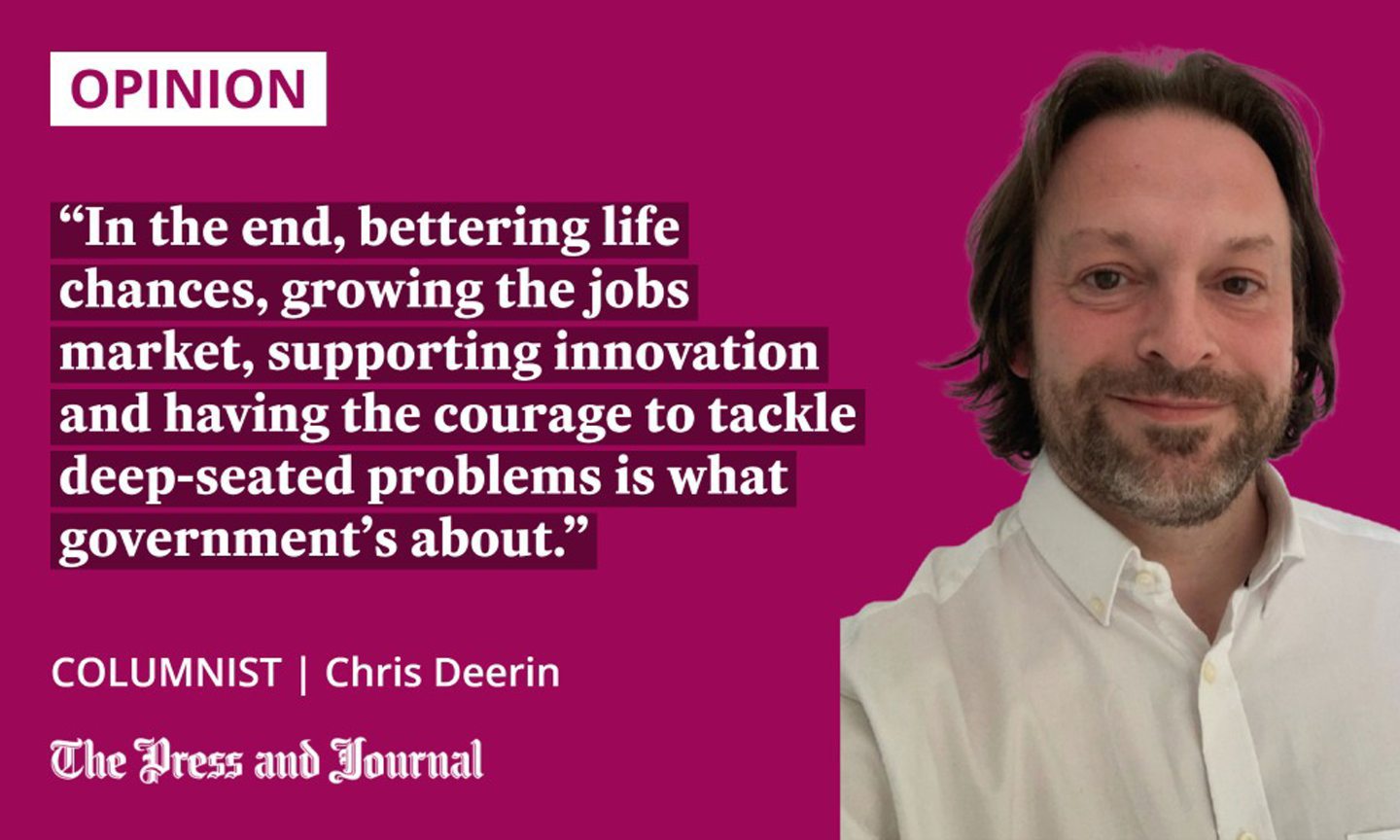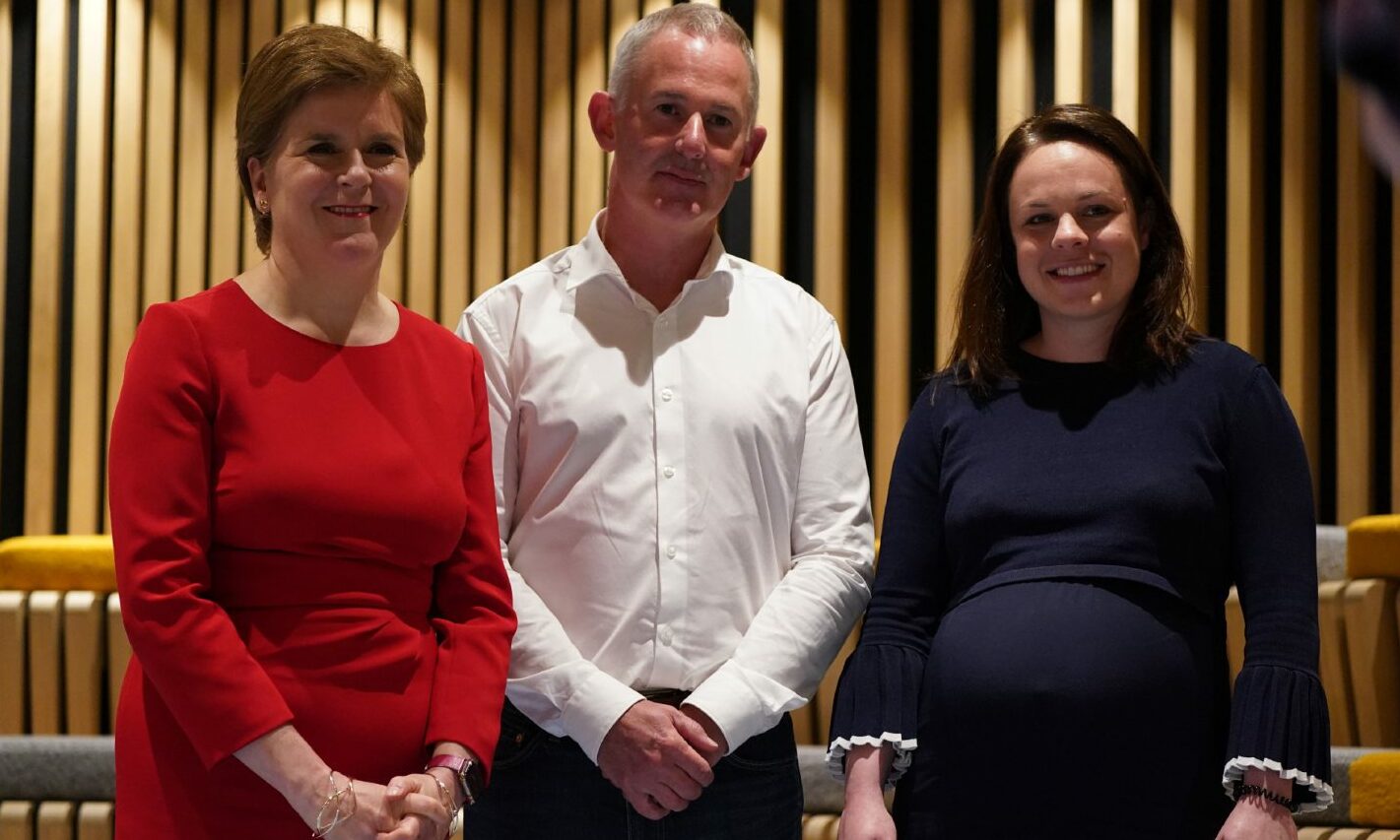Commissioned by Kate Forbes, the new Stewart Review is proof of the SNP leadership hopeful’s determination to make a difference, writes Chris Deerin.
Back in 2017, I was working at Oxford University’s Blavatnik School of Government and arranging a discussion of where Britain and Scotland were heading after the vote for Brexit.
It was in the middle of that year’s general election campaign and, therefore, none of the MPs furiously campaigning to keep their jobs were available.
I wanted someone from the SNP, however, and was pointed in the direction of a promising activist, then in her mid-20s. I made contact and she confirmed she was happy to travel the many miles down from the Highlands for the event.
On the evening itself, I watched something remarkable happen. As Kate Forbes began to speak with fluidity and insight, her fellow panellists – who included the former Tory minister David “Two Brains” Willetts and the respected veteran journalist David Aaronovitch – sat up. It was evident to me, to them and to the gathered audience, that she was something special.

At the still tender age of 33, Forbes has launched her bid to replace Nicola Sturgeon as SNP leader and first minister. Her obvious talent has already taken her far.
The MSP for Skye, Lochaber and Badenoch holds the post of cabinet secretary for finance and the economy, one of the top jobs in the Scottish Government. Her competence and focus has impressed her civil servants, a business community that is otherwise heartsick of the SNP, ministers and mandarins at Westminster, and the public at large.
I have no idea whether Forbes will win – that’s a matter for SNP members – but I hope she does. I like her style. She is open-minded, curious, and works collaboratively. But, more than this, I admire her seriousness and determination to make a difference in areas that really matter.
Since taking office, she has reshaped the team of officials and ministers around her to focus on delivery. Unlike some of her fellow ministers, she wants, and is intelligent enough, to challenge and be challenged.
The Stewart Review makes for sobering reading
Forbes was responsible for one of the government’s smartest appointments – she chose Mark Logan, a founder of the celebrated Scottish unicorn Skyscanner, to be the government’s first chief entrepreneur. His debut report, on how to boost the performance of the nation’s tech businesses, was a masterpiece of public policy.
Before heading off on maternity leave, Forbes commissioned a new piece of research by Ana Stewart, a leading tech entrepreneur, and Logan. They have looked into why companies founded by women attract so little investment when compared to those started by men. Launched on Monday, the Stewart Review makes for sobering reading, and offers detailed proposals for how the gap might be closed.
Despite forming half of Scotland’s population, women only make up one in five of its entrepreneurs. Worse, start-ups by women received only 2% of the overall investment capital over the past five years. In 2022, of the companies that received external investment, 12% were female-led and 73% were male-led.
As Stewart and Logan write, “this state of affairs represents both an enormous loss of talent from Scotland’s start-up economy and a denial of opportunity on, literally, an industrial scale.”
Our country is struggling to produce economic growth – imagine what might be achieved by unleashing this potential. Women are every bit as entrepreneurial as men, but too many of them face obstacles on their journey, from basic sexism to societal and institutional barriers. These include logistical difficulties, because women are more likely to be primary carers and to manage the family home, and, therefore, be time-poor and geographically constrained.
Many experience the sense of “not belonging” in the masculine world of entrepreneurship. The networks that exist are heavily geared towards serving this male demographic.
We can spark our economy back to life and open up opportunities for women
Among the solutions offered by the review is the idea of taking support, mentoring and education to where women entrepreneurs are, through mobile start-up centres. Substantially more women than men tend to abandon their entrepreneurial project somewhere between having the original concept and securing investment.
The report suggests that Scotland’s enterprise agencies create a fund that would make grants to founders from underrepresented demographics of up to £50,000. This would buy them time to develop their product and business before entering the tricky marketplace for private funding.
It also recommends that state agencies and prospective private investors should be expected to have a minimum threshold of women on their team, to ensure women entrepreneurs get a fairer hearing.
The SNP could do a lot worse than take a chance on this bright, young star
There’s considerably more to the Stewart Review than this, but you get the idea. It’s important, gritty stuff and, if properly implemented, stands a good chance of helping spark our economy back to life and opening up opportunities that are too often unavailable to half the population.
In the end, bettering life chances, growing the jobs market, supporting innovation and having the courage to tackle deep-seated problems is what government’s about. Everything I’ve seen of Kate Forbes since that first meeting in 2017 suggests she will put her energies into doing this.
The SNP could do a lot worse than take a chance on this bright, young star. There’s certainly little to indicate it could do any better.
Chris Deerin is a leading journalist and commentator who heads independent, non-party think tank, Reform Scotland












Conversation